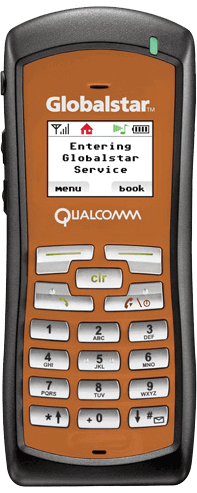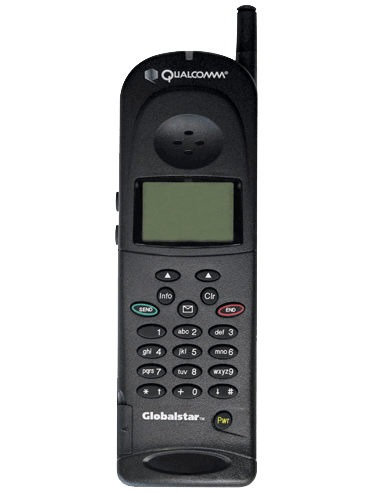Managing Animal Health on the Ranch by Satellite
THE CHALLENGE
Ranching is a risky business. Between buying or birthing livestock and bringing it to market, ranchers take on big debts for animals, feed, machinery and maintenance. They face unpredictable weather, mounting regulatory demands and volatile prices for their end product. Old ranchers are dying off or leaving the industry in large numbers. The next generation, better educated, wants digital solutions that help them cope with a shrinking labor pool.
But what digital solutions work on a ranch? Even small ranches are big. It takes one acre of land (0.4 hectares) to support just one cow, or two sheep or up to three goats. As a result, animals are out of sight most of the time, except for the 100 or so days they spend in a much smaller feedlot being “finished” before they are processed into food themselves. The cow or sheep has not yet been born that can send a text to the rancher – but a digital solution like it is exactly what ranchers need.
THE SOLUTION
Ranchers find their answer with a company called Ceres Tag. This young Australian company makes the world’s first IoT device small enough to serve as an ear tag on cattle. It tracks the GPS location of the tag and the motion reported by an onboard accelerometer. From those numbers, software characterizes each animal’s behavior, from feeding to running to resting, second by second. Data analytics turns the behavioral data into estimates of feeding efficiency (a key measure for ranchers), weight gain, milk production, health and even how much methane its digestion produces.
Ranchers access this information through a secure, cloud-based platform. It helps ranchers figure out how much land they need for a herd of a certain size – based not on guesswork but on the actual activity of their cattle. It provides information on carbon emissions that regulators in many markets require, and can trigger alerts to unusual activity, from lack of motion to too much of it, signaling possible injury or theft. By identifying cattle that are most efficient at feeding themselves and bulking up, ranchers can also select them for breeding high-performing calves. All in all, they learn more about their cattle than if the animals were in the barn.
To accomplish all this, Ceres Tag packs more into its small, lightweight device than a GPS and accelerometer. Careful engineering analysis led the company to integrate a microprocessor, memory and machine learning software as well. These enable the tag to learn an animal’s behavior patterns, which inevitably vary from one to the next, and make decisions about what data to report. The average Australian cattle herd has more than 1,500 head and large ranches herd more than 5,000. The company’s business depends on giving ranchers reliable data on each animal, not just averages across the herd. Those considerations made it imperative to put the smartest possible tag on the ear of every cow.
Ceres Tag also integrate a small satellite transmitter chip from Globalstar. According to CEO David Smith, Globalstar’s ST150 chip was exactly the product they needed. It is small and consumes little power. Transmission is highly affordable and reaches most of the world with a single platform. Ceres Tag has been a roaring success, operating in 36 countries after just three years on the market, and Smith credits the large number of countries in which Globstar is licensed as a major contributor to the company’s ability to scale up so fast. It currently delivers its services in half the nations where Globalstar is licensed.
The company can not only gather data from just about anywhere, it can deliver information to just about anyone. Its open platform uses application programming interfaces (APIs) to deliver information to IT at banks, insurers, sustainability analysts, ranch management software companies, government food-security agencies and park services. It has also branched out beyond ranches to monitor tortoises on the Galapagos islands, bison in US national parks and giraffes in Africa. More than 30 species of animal are sending Ceres Tag data on their health, welfare and location that shapes decisions made around the world.
ABOUT CERES TAG
On returning to the family farm after 20+ years working as professionals in industries including energy, construction and education, David and Melita Smith founded Ceres Tag to allow livestock producers better access to data-driven decision making tools. Ceres Tag is the world’s first animal monitoring information platform with direct to satellite capability through a proprietary smart ear tag. Integrating with software partner platforms, the Ceres Tag platform offers opportunities to improve productivity across the livestock industry and provide a richer range of information to guide effective decision-making.
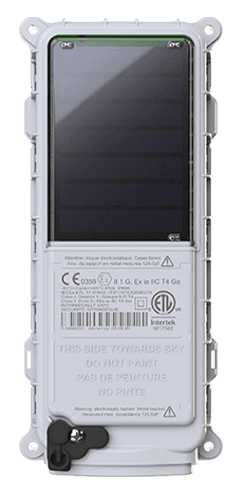 SmartOne Solar
SmartOne Solar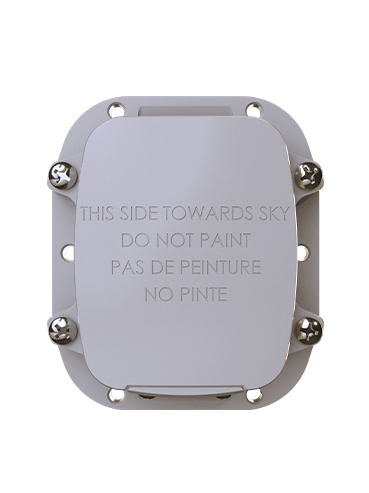 SmartOne C
SmartOne C STX3
STX3 STX3 Dev Kit
STX3 Dev Kit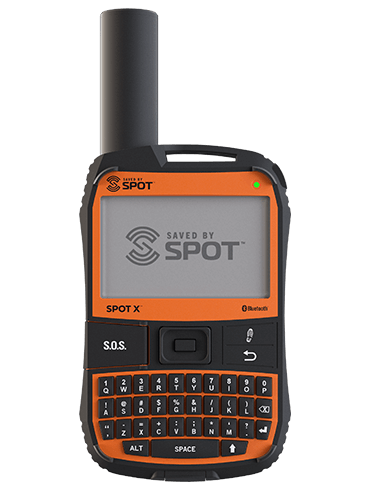 SPOT X
SPOT X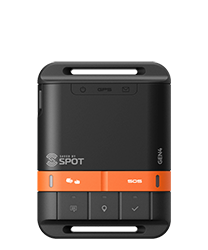 SPOT Gen4
SPOT Gen4 SPOT Trace
SPOT Trace